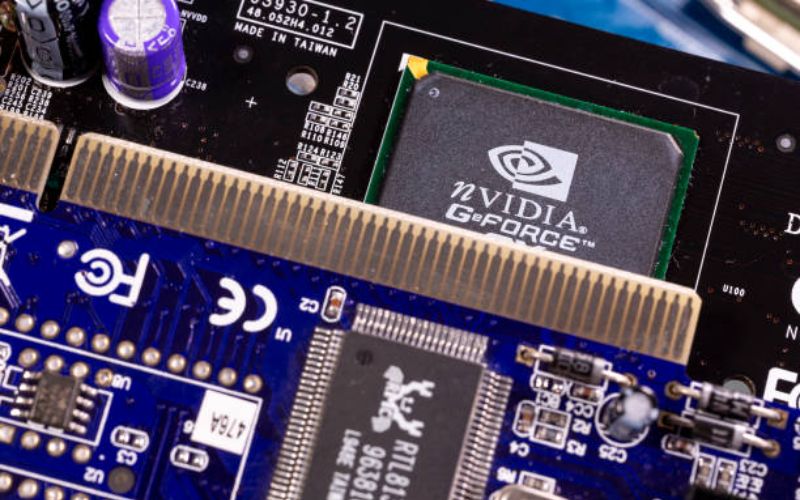Introduction
If you're searching for the latest and most effective cooling solution for your electronic devices, the
liquid cold plate heat sink is a fantastic choice. This innovative technology has the ability to keep your electronic components cool, extend their lifespan, and improve their performance. In this article, we'll explain what exactly a liquid cold plate heat sink is, how it functions, its benefits, and how it can be used in various applications.
What is a Liquid Cold Plate Heat Sink?
A liquid cold plate heat sink is a specialized cooling technology used for electronic devices that generate a lot of heat. It consists of a metal plate that is cooled by liquids like water or coolant. The plate is in direct contact with the heat source, which enables efficient heat transfer. This technology is preferred over traditional air cooling solutions because it can dissipate heat rapidly and uniformly over a broader area.
How Does it Function?
The working principle of a liquid cold plate heat sink is simple. The heat generated by electronic devices is transferred to the cold plate through a thermal interface material. The cold plate is connected to a pump that circulates liquid or coolant through tubes that pass through the plate's channels. As the coolant flows through the channels, it absorbs heat from the plate and transfers it to a separate radiator outside the heat sink. The radiator then dissipates the heat into the atmosphere, resulting in cooler electronic components.
What are the Benefits?
Liquid cold plate heat sinks come with several advantages over traditional cooling methods. Firstly, they offer more efficient and effective heat dissipation, thereby increasing the lifespan and performance of electronic components. Secondly, they are compact, lightweight, and require minimal maintenance. Thirdly, they are quiet, dust-free, and environmentally friendly.
What are the Different Types?
There are various types of liquid cold plate heat sinks available, depending on your specific needs. Some of the most common types include rectangular, round, and plate fin. Rectangular cold plates are ideal for electronic devices with rectangular shapes, while round cold plates are best suited for cylindrical devices. Plate fin cold plates, on the other hand, offer higher heat dissipation and are used in more demanding applications.
Where can it be Used?
Liquid cold plate heat sinks can be used in a wide range of industrial, commercial, and military applications. They are commonly used in power electronics, telecommunications equipment, LED lighting, medical devices, and military electronics. They can also be used in electric vehicles, consumer electronics, and personal computers.
How is it Installed?
The installation process of a liquid cold plate heat sink depends on the specific type of heat sink and the device it is being mounted on. Generally, the heat sink is mounted on the electronic device's surface using screws or adhesive, and the cold plate is connected to the coolant pump using hoses or tubes. It is crucial to ensure proper thermal contact between the heat-dissipating surface and the cold plate to ensure efficient heat transfer.
What are the Maintenance Requirements?
Liquid cold plate heat sinks require minimal maintenance compared to traditional air cooling solutions. The coolant needs to be changed periodically, depending on the specific application's requirements. It's also essential to ensure that the coolant level is maintained at the recommended level to prevent pump damage.
What are the Cost Considerations?
The cost of liquid cold plate heat sinks varies depending on the specific type, size, and application. While they may be more expensive than traditional air cooling solutions, they offer several advantages like efficient heat dissipation, extended lifespan, and improved performance. It's essential to weigh the benefits against the cost to determine whether it's the right cooling solution for your specific application.
Conclusion
In conclusion, liquid cold plate heat sinks are a highly effective cooling solution for electronic devices that generate a lot of heat. They offer several advantages over traditional air cooling solutions, including efficient heat dissipation, extended lifespan, and improved performance. They can be used in various applications, from power electronics to personal computers. If you're looking to upgrade your electronic device's cooling solution, a liquid cold plate heat sink may be the perfect choice.
Quote Inquiry
Contact us!

